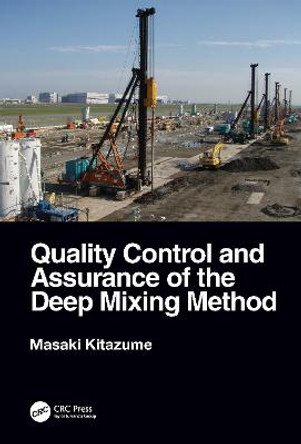Description
The pneumatic flow mixing method was developed to stabilize dredged soil and surplus soil for promoting their beneficial use in 1999. The pneumatic flow mixing method is a new type of the ex-situ cement stabilization techniques, in which dredged soil and surplus soil is mixed with a relatively small amount of chemical binder without any mixing paddles and blades in a pipeline. When a relatively large amount of compressed air is injected into the pipeline, soil can be separated into small blocks. When binder is injected into the pipeline, the soil block and binder are thoroughly mixed by means of turbulent flow generated in the soil block during transporting. As this method has many benefits rapid and large scale execution can be conducted with low cost it has been applied to many land reclamation projects, backfilling behind earth retaining wall projects and shallow stabilization projects using dredged soils and surplus soils.
The Pneumatic Flow Mixing Method is a useful reference tool for engineers and researchers involved in admixture stabilization technology everywhere, regardless of local soil conditions and a variety in applications.
About the Author
Masaki Kitazume is professor of Geotechnical Engineering at the Department of Civil and Environmental Engineering at Tokyo Institute of Technology, Japan. He has over 35 years of experience in research and teaching of soil stabilization, ground improvement and foundation engineering, and published several text books on the design and quality control and assurance of ground improvement techniques including the deep mixing method and the sand compaction pile method.
Book Information
ISBN 9780367574246
Author Masaki Kitazume
Format Paperback
Page Count 234
Imprint CRC Press
Publisher Taylor & Francis Ltd
Weight(grams) 453g






